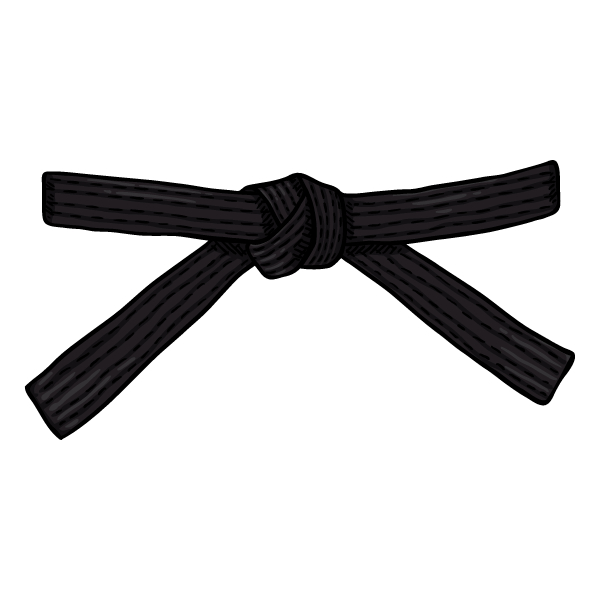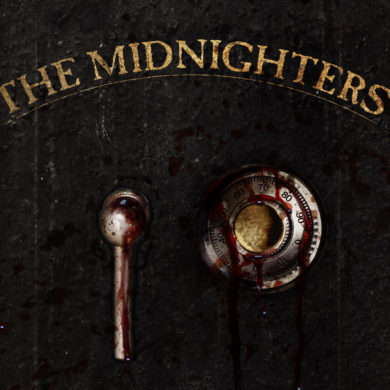Published Date: 11-21-19
By Justin Sanders
“The Black Belt” is the first of our three-part series about what it takes to build a successful content platform in the age of streaming piracy. Click here for Part 2.
Before skateboarding was a multibillion-dollar industry, it was the fringe pursuit of a youth counterculture kick-flipping in backyards, empty swimming pools, and abandoned parking lots. Then video came along, in the form of VHS tapes, and brought this exciting activity to teenagers’ VCRs around the world. A global entertainment commodity was born, blossoming into massively popular media products ranging from the X Games to Tony Hawk’s Pro Skater, and creating jobs for thousands of people along the way.
For skateboarding to rise to prominence, someone had to start filming and distributing it. Which makes one wonder – what other niche sports might be out there, just waiting to be discovered and brought to a larger audience via the current media tools at our disposal?
Twenty-two-year-old film producer, startup founder, and karate black belt Jimmy Kane has one possible answer: an impassioned but little-known subgenre of martial arts called “Extreme Martial Arts.” It’s an acrobatic, highly creative pursuit full of thrilling moves and high-octane action, a spectacle primed for someone to come along and build the media infrastructure needed to give it mainstream relevance. Kane, along with his younger brother and business partner Maguire Kane, believe they can be that builder – with Adrenaline Worldwide, a digital content platform that might just do for extreme martial arts what video tapes once did for skateboarding.
Born and raised in the Bay Area, Jimmy Kane has the business of martial arts in his DNA. His father and namesake, James Kane, is an 8th-degree karate black belt and runs All-Star Karate Center in Redwood City, a town on the San Francisco Peninsula. The younger Kane started learning karate at age 2, and by high school was teaching at his dad’s dojo and competing in tournaments around the world.
About five years ago, All-Star Karate hosted its first annual summer camp, a week of instruction and friendly competition capped off by an evening showcase featuring demonstrations by martial arts masters from around the world. Many of the show’s participants excelled at “tricking,” a growing, highly creative niche of extreme martial arts that blends acrobatic moves such as flips and twists with traditional kicking techniques such as taekwondo. Some of the camp attendees were compelled to film the stunning display on their cell phone. Some even posted their recordings to YouTube.
A few days after the camp ended, the Kane family received some surprising news: somebody’s grainy, shaky footage from their camp show had gone viral, their YouTube video amassing hundreds of thousands of views online. The Kanes were pleased. It was bonus exposure for the school following a successful event, and they had no inkling that the popularity of the content might have been hinting at anything grander than that.
“We just saw it as great marketing,” Kane said, and they were right. The promotional value of the footage became clear the following year, when the number of campers who were not already affiliated with All-Star Karate rose from 2 to 22. It was a sign that the video content was drawing new recruits, and the uptick in campers provided extra revenue that could be put toward a production budget. Intending to once again share video from the camp closing show, the Kanes could now shoot it properly. They brought in a light or two, recruited some friends to shoot the action on quality camera, and once again posted the ensuing footage up on YouTube.
“We were happy with it,” Jimmy Kane said. But something more ambitious was starting to brew in the back of his mind. He had, unrelated to the camp footage success, recently started film school at Chapman University, and was “brimming with all this knowledge from college.” Intrigued by the production side of filmmaking, he had been studying different revenue models, and learning how digital video content could function as more than just a driver of business – it could be a business in and of itself.
Home from school on holiday break, Kane pitched a bold idea to his parents over dinner. “So many people,” he explained to them, “loved our online content from the camp, but couldn’t feasibly come and partake, either because they didn’t have the means or because of logistics.” Why not, he continued, funnel All-Star Karate’s burgeoning video production efforts into an online martial arts hub for this underserved community, and offer exclusive access to it via subscription?
Extreme martial arts enthusiasts, Kane theorized, were so hungry to see more of what they loved, they would be willing to pay for the opportunity. Though far from technophiles themselves, Kane’s parents were intrigued by his suggestion (and surely more than a little charmed by their 18-year-old son’s business acumen.) The production pipeline would have to expand significantly to merit charging people for a subscription, but they were connected to some of the best martial arts athletes in the world. At the very least, they had the resources and the know-how to pull off some (pun intended) kick-ass video. It was just a matter of scaling what they were already doing. How hard could that be?
“That was when we shifted to this idea of a content platform,” Kane said. Now he just had to figure out how to do it.
So ends Part 1 of our tale of black belt Jimmy Kane and his quest to build a successful content platform in the age of streaming piracy. Click here for Part 2, “Easy to Use = Hard to Make.”

Video and Cover Photo Courtesy of Jimmy Kane and Adrenaline Worldwide



